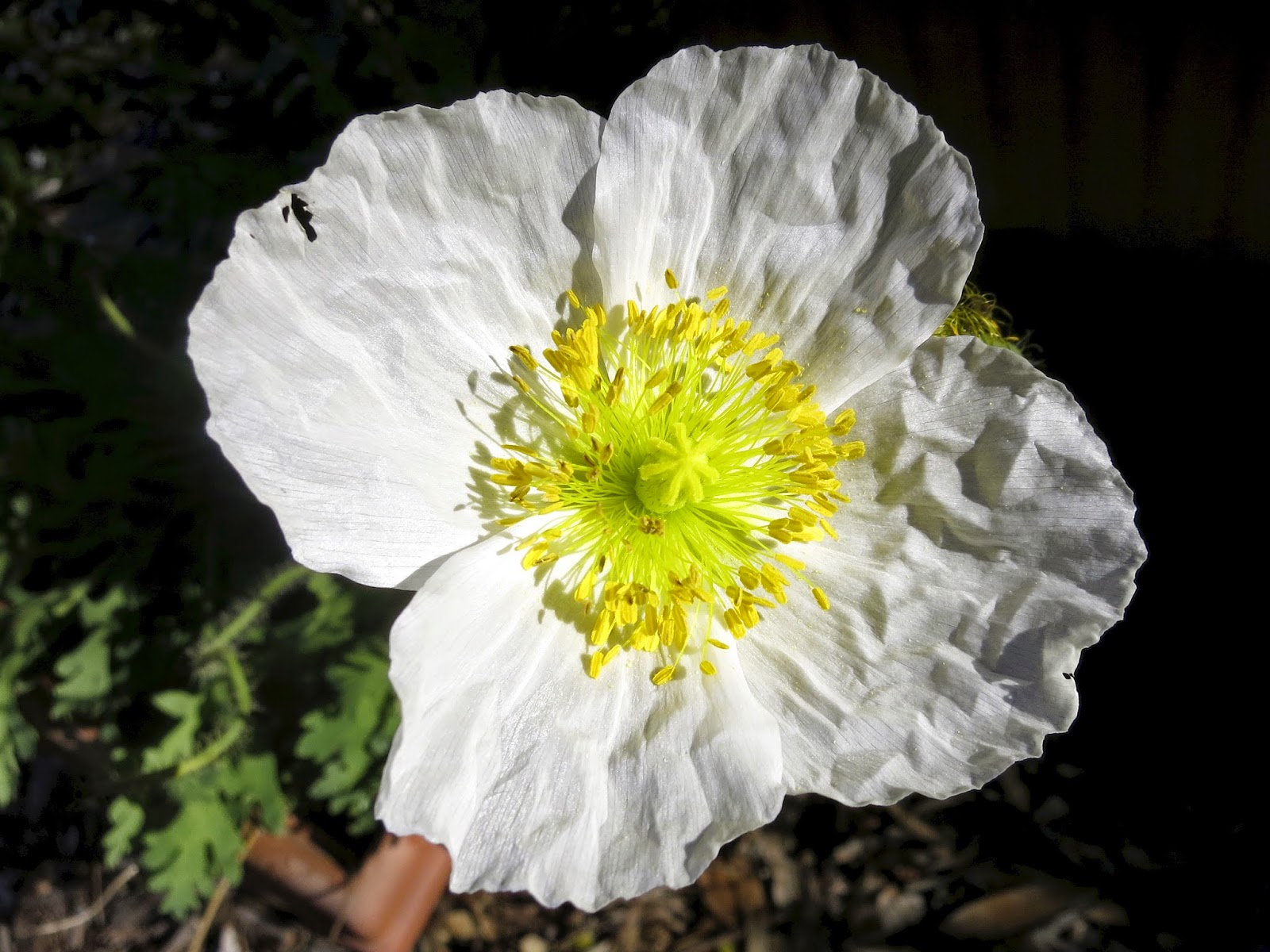This posting comes to you from Maine in the northeast of the USA which is an area famous for the autumn colour. My ikebana friend Michael Beedenbender and his partner come here each year for their annual holiday. Sogetsu members from Melbourne may remember meeting Michael in 2010 when he was working there for six months. He joined Victorian Branch members in an outdoor workshop in the Alexandra Gardens Kew. He is in this group photo below.
We were driven here, through Vermont and New Hampshire, from Ottawa by Leonora Duffield and her husband Richard. I was amazed at the forests of birch, that in Australia are 'specimen' trees, when one manages to grow them, and the mile after mile of saturated autumnal colour. It made me think that the winter snow might even come as a relief. The photo below was taken from the car window.
One morning this week I thought I would play 'Andy Goldsworthy' * , having been inspired by photographs of his work in the past and our visit to Storm King Art Centre (two posts ago on 4th October). The following series of photos were taken in the garden of the house where we are staying.
Above is the driveway into the property.
This large stone sits in the centre of the turning circle in front of the house and had a small pool of water in the top. I gathered leaves from the drive way, graded them according to colour and floated them across the surface of the small pool.
We visited a local potter who kindly let us raid his garden of some beautiful hydrangeas that I thought would fun to arrange.
Here I have created an arrangement with the hydrangea in three blue ornamental bottles I found in the house. I also wanted to arrange some 'sumac' * , (Rhus typhinia) leaves since I first saw them in Ottawa two weeks ago.

As we are in a holiday house I needed to improvise in this baking dish, in which I decided to make a somewhat abstract contemporary looking work.
Greetings from Christopher
18th October 2014
Further travel photos from: Ottawa and Maine * .
* Click on blue text for further information.











































































































